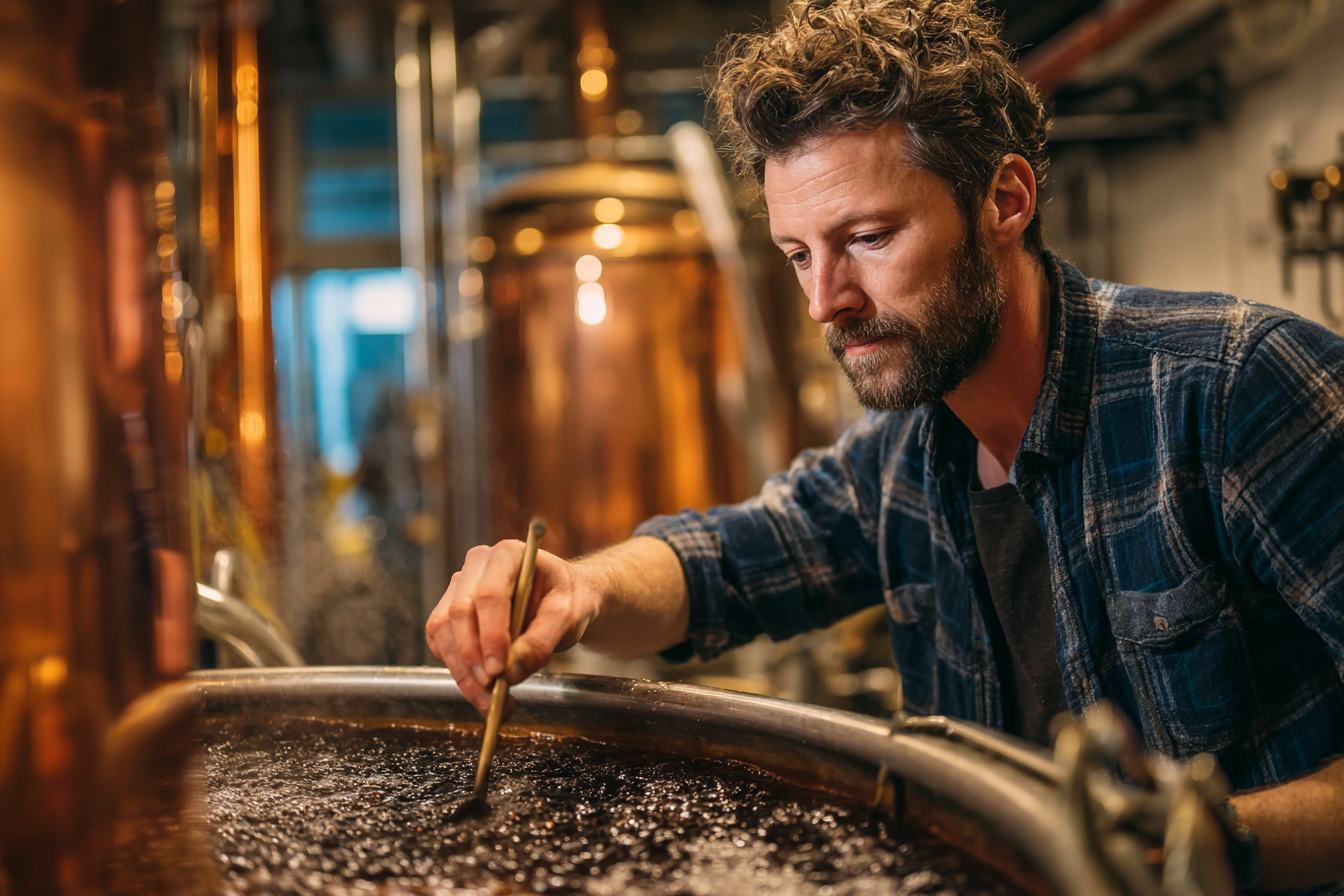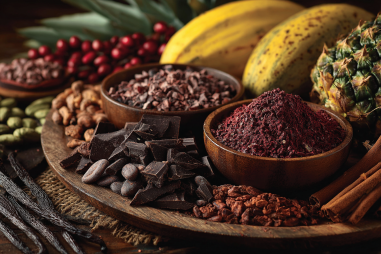Wee heavy beer, often known as Scotch ale, is a bold and malty brew that delivers a rich, full-bodied flavor characteristic of Scotland’s brewing tradition. If you’re intrigued by the deep amber hues, sweet caramel notes, and warming finish this beer offers, you’re in the right place. This guide will take you through each step of the wee heavy beer brewing process, from choosing the right ingredients to the nuances of fermentation and maturing this delicious style. Whether you’re a seasoned homebrewer or just starting, unlocking the secrets behind crafting a quality wee heavy will be both enjoyable and rewarding.
Overview of Wee Heavy Beer Characteristics
Wee heavy beers are known for their intense maltiness and higher alcohol content, typically ranging from 6.5% to 10% ABV. Unlike lighter session ales or hoppier beers like IPAs, wee heavies emphasize sweetness and complexity derived from malt rather than hop bitterness. You’ll find aromas and flavors reminiscent of caramel, toffee, molasses, and dried fruit. The body is full and smooth, with a moderate carbonation level, making it a perfect sipping beer for cooler weather or slow enjoyment by the fire. Originating from Scotland, this style embodies the robust tradition of brewing with malt-forward profiles and restrained hop character.
Ingredients Used in the Brew
The core ingredients set the foundation for a traditional wee heavy beer:
- Malts: Maris Otter pale malt or other high-quality base malts form the backbone, while specialty malts like crystal/crystallized malt, caramel malt, and sometimes roasted barley add rich color, sweetness, and complexity.
- Hops: Scottish and English varieties such as East Kent Goldings, Fuggle, or Bramling Cross are common. The hop contribution is modest, primarily adding mild bitterness to balance malt sweetness and subtle earthy or floral aromatics.
- Yeast: A traditional Scottish ale yeast strain is used, which tends to produce fruity esters and promotes malt-forward character without excessive attenuation.
- Water: Water chemistry with moderate hardness and balanced mineral content supports the malt profile and smooth mouthfeel typical of wee heavies.
Malting and Mashing Steps
Malting may be done by commercial maltsters, but understanding the malt character is essential. For your brew, begin by selecting high-quality base and specialty malts. When you’re ready to mash, the goal is to extract fermentable sugars and develop the rich malty backbone.
The mashing temperature typically ranges between 152°F and 156°F (67°C to 69°C). This slightly higher temperature favors the production of dextrins, which are less fermentable sugars that contribute to the beer’s full-bodied sweetness and mouthfeel. Here’s how to approach it:
- Crush your grains coarsely to ensure good extraction without creating a stuck mash.
- Add the milled grains to your mash tun with heated water at the target temperature.
- Hold the mash at this temperature for 60-90 minutes, stirring occasionally to maintain even temperature and saccharification.
- Perform an iodine test if possible to confirm conversion.
- After mashing, sparge with warm water (around 170°F or 77°C) to rinse the remaining sugars from the grains.
The resulting wort should be rich and somewhat viscous, with a higher gravity to support the higher alcohol content typical of wee heavies.
Boiling and Hop Additions
The boil for wee heavy beer serves to sanitize the wort, concentrate flavors, and facilitate hop additions. Typically, a 60 to 90-minute boil will help develop the desired maltiness and color. Hop usage is restrained compared to other beer styles:
- Bittering hops: Added at the start of the boil to balance malt sweetness without overwhelming bitterness.
- Flavor hops: Often added later in the boil, around 15-20 minutes remaining, to impart some hop aroma and subtle flavor.
- Optional late hop additions or whirlpool hops are rare and generally mild, as strong hop character is not the focus.
The hop levels in a wee heavy are typically low to moderate, around 20-30 IBUs (International Bitterness Units), enough to provide balance but still keep malt as the star.
Fermentation Specifics for Wee Heavy
Fermentation is a key stage where the beer’s character truly takes shape. Using a Scottish ale yeast strain is important because these yeasts tend to produce fruity esters and leave some residual sweetness, reinforcing the malt focus of the style.
- Pitch your yeast at the proper temperature, generally around 65°F (18°C).
- Primary fermentation can last 1 to 2 weeks, depending on yeast strain and temperature control.
- Keep fermentation temperatures stable to avoid off-flavors.
- The final gravity is typically higher than most styles, leaving residual sugars that bolster body and sweetness.
After primary fermentation, some brewers perform secondary fermentation or transfer to conditioning vessels to allow the beer to mature and clarify.
Conditioning and Maturation
Given the high malt content and alcohol strength, wee heavy beers benefit greatly from extended conditioning. This maturation process smooths out rough edges, blends flavors, and enhances overall drinkability:
- Condition beer at cooler temperatures (50-55°F or 10-13°C) for several weeks to months.
- Aging in bottles or barrels can add complexity, especially if done carefully to avoid oxidation.
- During this time, flavors meld, sediment settles, and the beer’s characteristic smoothness emerges.
Patience here pays off. The best wee heavies reveal depth of character only after slow maturation.
Tips for Homebrewers
If you’re planning to brew a wee heavy at home, keep the following tips in mind to optimize results:
- Start with quality malts: Using fresh, well-crafted base and specialty malts will set a strong foundation.
- Control mashing temperature: Aim for that higher mash temp range to achieve the full body and sweetness.
- Choose a good Scottish ale yeast: This yeast will bring out fruity esters and manage fermentation to leave residual sweetness.
- Don’t over-hop: Keep hops modest so malt can shine.
- Be patient with conditioning: Longer maturation enhances smoothness and flavor integration.
- Monitor fermentation carefully: Stable temps prevent off-flavors in this malt-sensitive style.
Serving and Storage Recommendations
Wee heavy beers are best enjoyed thoughtfully to appreciate their nuances. Here are some suggestions to get the most out of your brew:
- Serve at cellar or slightly cool temperatures, around 50-55°F (10-13°C). Serving too cold will mute flavors.
- Use a tulip or snifter glass to concentrate aromas and allow for gentle swirling.
- Pair well with rich foods like stews, roasted meats, caramel desserts, or sharp cheeses.
- Store bottles upright in a cool, dark place to maintain freshness.
- Because of the higher alcohol and malt content, these beers age gracefully and can improve for several years if stored properly.
Brewing a wee heavy is a delightful journey into Scotland’s malty brewing heritage. By carefully selecting ingredients, managing mash and fermentation conditions, and allowing adequate conditioning time, you can produce a beer that is rich, warming, and full of depth. Whether you enjoy it fresh or aged, this style offers a uniquely satisfying drinking experience that rewards brewer and drinker alike. Cheers to your next brew day and may your wee heavy be hearty and delicious!







